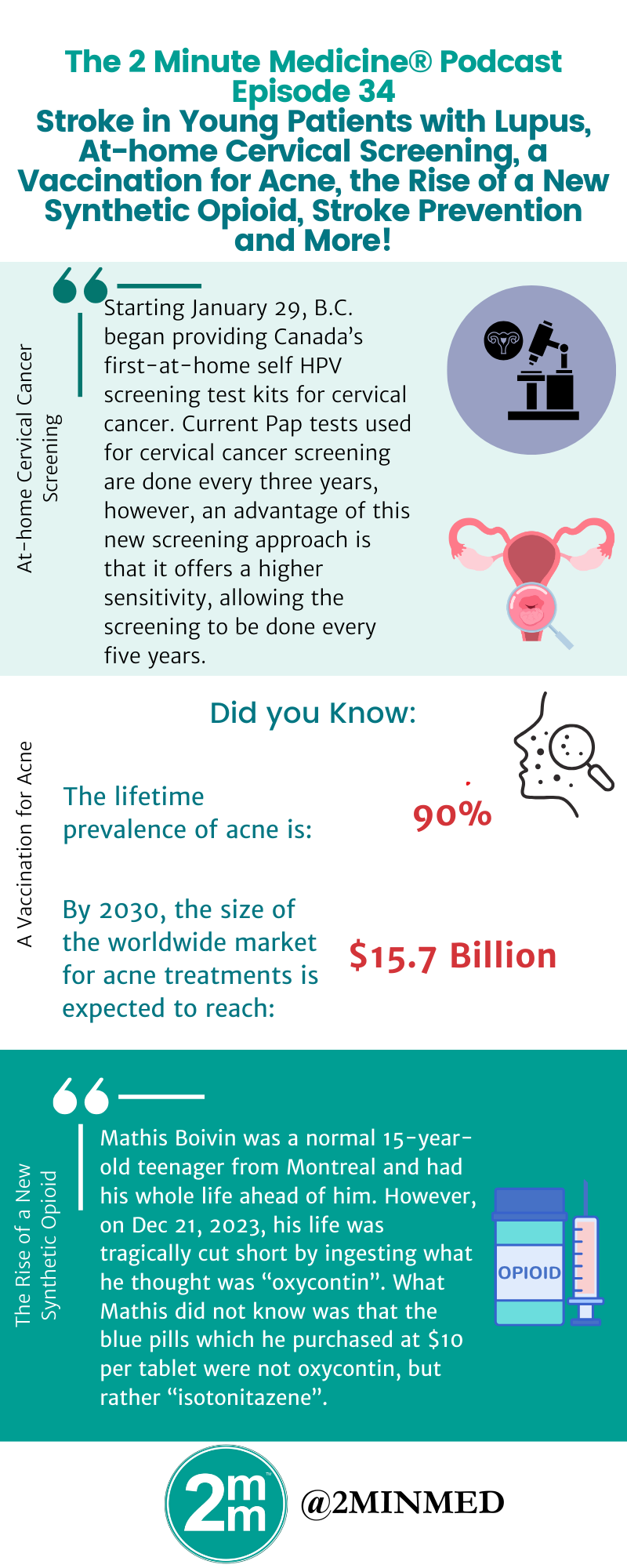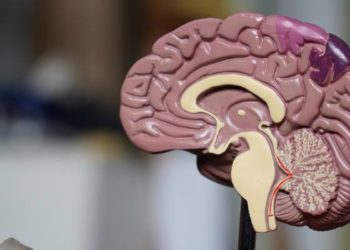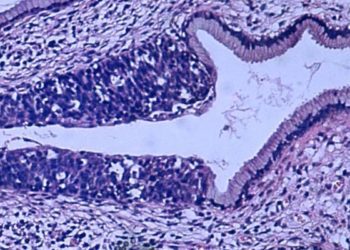The 2 Minute Medicine Podcast Episode 34
February 9th 2024
Welcome to the 2 Minute Medicine Podcast, summarizing the latest medical studies, curated and written by practicing physicians. On this podcast, twice a month, we cover the latest in healthcare news and research evidence.
Our episode is live!
Episode Description
We begin this episode by discussing our article of the week which comes from the New England Journal of Medicine and is entitled “Apixaban for stroke prevention in subclinical atrial fibrillation”. In the second half of the episode, we begin with a discussion about stroke in young patients with Lupus. Then we discuss how Starting January 29th British Columbia began providing Canada’s first-at-home self HPV screening test kits for cervical cancer. Last but not least, we take a closer look at acne, current treatments and a possible vaccine that has shown promise in mouse models, and conclude with a conversation about opioids.
Click here to listen to this episode on Apple podcast
Click here to listen to this episode on Spotify
Transcript
[Deepti]: Welcome to the 2 Minute Medicine Podcast, summarizing the latest medical studies, curated and written by practicing physicians.
For our full suite of daily medical study summaries and updates written by practicing doctors, please visit our website at 2minutemedicine.com to start reading new daily content right now, for free. On this podcast, twice a month, we cover the latest in health care news and research evidence. We are your hosts Deepti and Andrew. On today’s episode, we’ll start by discussing our two articles of the week. In the second half of the episode, we will look at health issues that have arisen in popular media.
[Andrew]: Our article of the week comes from the New England Journal of Medicine and is entitled “Apixaban for stroke prevention in subclinical atrial fibrillation”. Symptomatic atrial fibrillation is a leading cause of stroke and stroke-related disability and mortality, for which oral anticoagulants are established prophylactic therapies. Conversely, subclinical atrial fibrillation can be asymptomatic or only produce short-lasting symptoms and is only diagnosed by continuous cardiac rhythm monitoring with a pacemaker or defibrillator. It is associated with a 2.5-time increase in the risk of stroke or systemic embolism, yet the role of oral anticoagulation in this population is uncertain. The current study was a randomized controlled trial to assess the safety and efficacy of apixaban for patients with subclinical atrial fibrillation at increased risk of stroke. Patients who had subclinical atrial fibrillation lasting between six minutes and 24 hours detected by an implanted pacemaker, defibrillator, or cardiac monitor and a CHA2D2-VASc score ≥3, indicating an elevated risk of stroke, were eligible for inclusion. Exclusion criteria included age below 55 years of age (after protocol amendment), clinical atrial fibrillation, ongoing oral anticoagulation, uncorrected major bleeding, and creatinine clearance of less than 25 mL/min. Overall, 4,012 patients with a mean age of 76.8 years and a mean CHA2D2-VASc score of 3.9 were randomized to receive apixaban 5mg twice daily or aspirin 81mg daily. The primary efficacy outcome was stroke or systemic embolism and measured in the intention-to-treat population. The primary safety outcome was major bleeding, as defined by the International Society on Thrombosis and Haemostasis, assessed in the on-treatment population. A stroke or systemic embolism occurred in 55 patients in the apixaban group (0.78% per patient-year) and 86 in the aspirin group (1.24%, per patient-year; Hazard Ratio [HR], 0.63; 95% Confidence Interval [CI], 0.45-0.88; p=0.007). Ischemic stroke occurred at a significantly lower rate in the apixaban group (0.64% per patient-year) than the aspirin group (1.02% per patient-year). Major bleeding occurred in 1.71% per patient-year in the apixaban group and 0.94% per patient-year in the aspirin group (HR, 1.80; 95% CI, 1.26 to 2.57; p=0.001), though fatal bleeding was rare and similar in the two groups. The overall rates of all-cause mortality and death from cardiovascular causes were not significantly different between the two groups.
This study demonstrated that apixaban may reduce the risk of stroke or systemic embolism in subclinical atrial fibrillation as compared to aspirin, while increasing the risk of major bleeding. The study results were limited to patients with implanted cardiac electronic devices.
[Andrew]: Now for The Scan. The story: On Thursday, January 18, Cori Broadus, Snoop Dogg’s daughter, revealed that she experienced a severe stroke in the morning. Cori Broadus has been diagnosed with an autoimmune disorder called lupus since she was 6 years old, and her recent admission was related to her underlying medical condition. What is striking about Cori’s case is that she is only 24 years old. So, how does lupus cause stroke?
[Deepti]: There are four major types of lupus with Systemic Lupus Erythematosus (SLE) being the most common type. SLE affects many organs including the brain, kidneys, blood vessels and joints. Studies have shown that SLE increases the risk of stroke by two times in patients affected by this condition and up to 10 times in those under the age of 50 years. In fact, stroke is a major cause of disability, morbidity, and mortality in these patients. Because SLE is characterized by multi-organ involvement, it can cause stroke in different ways. One way is through blood clot formation induced by antiphospholipid antibodies, one of many abnormal antibodies produced by an immune system affected by lupus. This antibody attacks the membrane of cells lining inside the blood vessels. When blood clots travel to the brain, they can cause stroke. Another way that lupus causes stroke involves disruption of the blood flow through inflammation inside the blood vessels, a condition known as vasculitis. When brain vessels are affected in such a way, this can cause stroke.
You may be wondering, how many people are affected by lupus?
[Andrew]: In recent years, many celebrities such as Selena Gomez, Paula Abdul and Toni Braxton who are affected by lupus have spread awareness about this disease. As per the Centers for Disease Control and Prevention (CDC), the national lupus incidence rate in the United States is 5.1 per 100,000 person-years. The rates are higher in women than in men (8.7 vs 1.2). Lupus is believed to be caused by an interplay between different genetic, hormonal, and environmental factors but the exact causes are unknown.
[Deepti]: January is Cervical Cancer Awareness Month and British Columbia (B.C.) has exciting news to share: Starting January 29, B.C. will be providing Canada’s first-at-home self HPV screening test kits for cervical cancer. As per the Centers for Disease Control and Prevention, Human papillomavirus (HPV) is responsible for causing more than 9 of every 10 cases of cervical cancer. Current Pap tests used for cervical cancer screening are done every three years, however, an advantageof this new screening approach is that it offers a higher sensitivity allowing the screening to be done every five years.
[Andrew]: In December 2023, cervical cancer campaigner Wendy Clark, aged 46, passed away from cervical cancer. During an interview, she was praised by Kylie Minogue for her “acts of bravery and selflessness”. Wendy who regretted missing her pap tests due to “fear and embarrassment”, raised awareness by urging others to do their pap tests. During the pandemic, there was a worldwide decrease in screening tests for different cancers including cervical cancer. At-home screening test kits may help maintain the screening programs during such times. From pregnancy to the newest at-home medical test that simultaneously screens for flu and COVID-19 (Lucira test), there are a variety of test kits that help us detect diseases and health conditions early in our privacy and take appropriate actions.
[Deepti]: Next, let’s talk about how researchers from the University of California San Diego School of Medicine have revealed a new vaccine that successfully reduced inflammation in a mouse acne model! Acne has a lifetime prevalence of up to 90%, with the highest incidence in adolescents and it comes with significant psychosocial impacts including increased risk of suicide. Many celebrities like Kendall Jenner have shared their experiences with acne and how it negatively affects their self-confidence.
By 2030, the size of the worldwide market for acne treatments is expected to reach USD 15.70 billion driven by the increasing prevalence of acne. The market was dominated by North America in 2022 and is expected to remain so due to growing acne occurrence and beauty concerns.
While current acne treatments such as antibiotics and retinoids may be effective for some individuals, they can cause other problems ranging from dry skin to increased risk of birth defects. As such, it is exciting to learn about this new vaccine which has been studied by Dr. George Y. Liu and his research team for over a decade. A strength of this work is developing a therapy more specifically aimed at the underlying causes of acne rather than just reducing inflammation in an unselective way. Although the vaccine has not yet undergone human testing, Dr. Liu anticipates that it may become accessible for usage in the next five to ten years. Last but not least, a conversation about opioids.
Mathis Boivin was a normal 15-year-old teenager from Montreal and had his whole life ahead of him. However, on Dec 21, 2023, his life was tragically cut short by ingesting what he thought was “oxycontin”.
[Andrew]: What Mathis did not know was that the blue pills which he purchased at $10 per tablet were not oxycontin, but rather “isotonitazene”. Isotonitazene is a potent synthetic opioid, which has appeared in both the Canadian and American illicit drug market in tablet and powder forms since 2019. Isotonitazene is a member of a family of opioids which includes etonitazene, a potent opioid analgesic about 20 times more potent than fentanyl. Because of its high potency, isotonitazene carries a higher risk of respiratory depression and death. Dr. Nicholas Chadi, a Canadian pediatrician with a specialization in addiction says he has encountered teenage patients who overdosed on isotonitazene and while none died, some were left with long-term complications such as brain damage.
[Deepti]: From “Trainspotting (1996)” to “Pain Hustlers (2023)”, different movies have shown the impact of opioid abuse on users and people around them. Between 1999 and 2021, over 600,000 people died from opioid overdose. Post-2013, a significant number of opioid overdose-related deaths involved synthetic opioids. From 2013 to 2019, the synthetic opioid-involved death rate increased from 3,105 to 36,359 people. While access to naloxone helps with reversing overdoses, education on the dangers of illicit drugs is key to prevention.
[Andrew]: We’d like to acknowledge the following members of our team for their contributions to this week’s episode
- Marzyeh Azimi
- Benjamin Lam
- Kiera Liblik
Thank you for joining us today for this episode of the 2 Minute Medicine Podcast. New episodes come out every other week and all of our content has been curated and written by practicing physicians.
Please head to our website at 2minutemedicine.com to learn more and to access all of our content including medical study summaries, visual abstracts, excerpts from our Classics book series which is available on Amazon, and The Scan, which is our medical newsletter.
Thank you so much once again. To make sure that you don’t miss any of our content please subscribe and follow us on Twitter or Instagram @2MinMed
©2024 2 Minute Medicine, Inc. All rights reserved. No works may be reproduced without expressed written consent from 2 Minute Medicine, Inc. Inquire about licensing here. No article should be construed as medical advice and is not intended as such by the authors or by 2 Minute Medicine, Inc.









